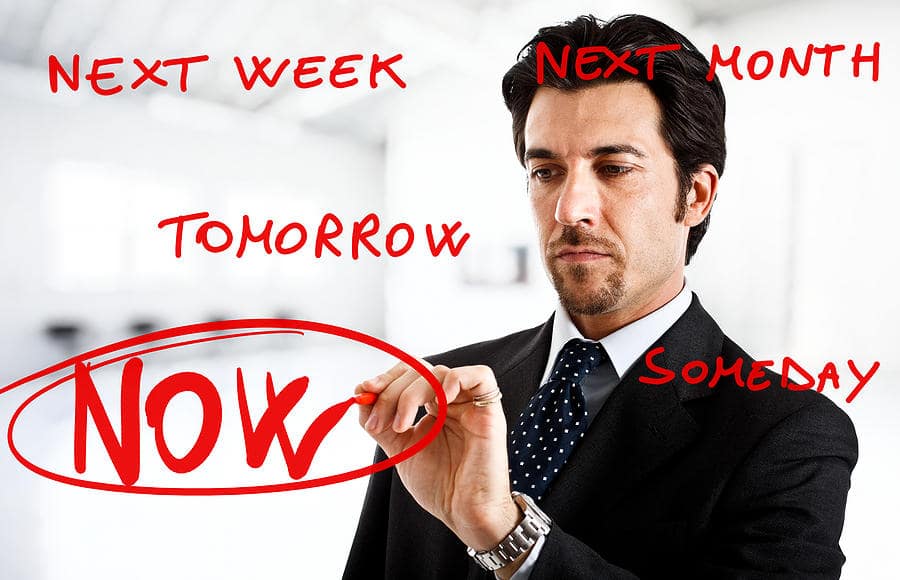This week’s article was originally published by Maureen Metcalf for Forbes Coaches Council on June 8, 2021. It is a companion to the interview with Greg Moran titled The New Role of Leadership in a Hybrid Workplace on Innovating Leadership, Co-creating Our Future that aired on Tuesday, July 20th.
Companies are taking a range of approaches to return to work. A Harvard Business School study on remote workers “showed that many professionals miss their colleagues and other aspects of being in the office, and some want to go back. But, since they proved they were able to perform, and even excel, during the pandemic, they want more flexibility.” The study also found that:
- 27% hope to work remotely full-time
- 61% would like to work 2-3 days a week from home
- Only 18% want to go back to the office full-time
This raises a question: How do we create a future-ready, post-pandemic environment that allows organizations to meet their missions and employees to thrive and manage the stress, mental health and engagement challenges?
To add to the challenge, many employees want to retain some flexibility. However, companies that don’t get their culture and work-from-home approach right risk struggling to attract and retain the talent required to succeed during a tight labor market.
Creating a vibrant culture that supports high productivity and engagement and accelerates change readiness is vital. Vibrant organizations have the cultural secret sauce. The authors of a McKinsey report, “Organizing for the future: Nine keys to becoming a future-ready company,” write “Among the most successful companies, culture forms the backbone of organizational health and fuels sustained outperformance over time: companies with strong cultures achieve up to three-times higher total returns to shareholders than companies without them.”
Vibrancy-based organizational agreements are crucial enablers to creating a culture that attracts and retains top talent to deliver results consistently. A vibrancy-based agreement is a shared understanding of how we interact with others. Vibrancy-based agreements differ from standard agreements because they explicitly look at what we can do to create a positive environment and achieve high-impact results. These agreements underpin the business operating models, processes, behaviors and culture and must be explicit to ensure they generate the desired outcomes.
Agreements often happen over time and somewhat unconsciously. They are the unwritten rules of “how we do things around here.” Like most things that evolve unconsciously, they are likely to become outdated, out of step with the organizational complexities and socio-eco-system.
Harvard adjunct researcher Dr. Jim Ritchie-Dunham conducted extensive research on the science of abundance-based (vibrancy-based) agreements that create engaged and highly productive organizations. His research started with the question, why are people continually attracted to some organizations above others? This question led him to look at organizational agreements at three different levels:
- Slow To Change
What are we delivering with our existing systems and processes? How can we be more efficient within our current systems and processes? Many organizational agreements fall primarily into this category. We make the best of our current situation, we have limited resources and we use them efficiently. The kinds of associated limiting statements might be things like “Don’t over-commit” and “That improvement would be nice, but we don’t have the budget to do it.”
- Development-Focused
How can we accomplish what is possible? What do we need to build, learn, grow and develop? Moving from level one to level two means organizations focus on delivering results and creating the growth mechanisms to grow, transform, learn and improve. Organizations at this level talk about what they are doing to grow their people, increase capacity and address shifting priorities. They are more agile and willing to experiment as they achieve results.
- Aspirational
What is possible? What do we want to accomplish? Organizations that evolve to the third level are “abundance-based.” They see opportunities and potential. They realize that if they can see the potential clearly, they can develop the capacity and deliver the results in a sustained and resilient way. At this level, they leverage the capacities they developed in level one and level two, continuously evolving their capacity to develop and deliver potential over time while simultaneously creating thriving dynamics within their organizations.
So now that you have read about the levels, where would you want to work? It seems like a simple question, yet getting there requires leaders to understand the transformation framework and methodology.
The transformation journey begins with examining the organization, viewed as a system with a flow of energy. Therefore, it’s essential to understand the organization’s current capacity to 1) engage their collaborators and their available resources, 2) envision, leverage and transform that capital in the organization’s unique way and 3) create, scale and transfer the value to the organization’s stakeholders. All three are key to avoid “leaks” in the system and tap into the potential to embody a future-ready company.
Most organizations start with the majority of their agreements somewhere between level one and level two. The most prominent wake-up call is looking at the cost of scarcity or missed opportunities. The cost of suboptimal agreements can be a 50% reduction in service levels and financial measures. This cost is the norm for organizations in level one. An organization can unlock its impact by engaging, transforming and transferring its creativity, each aligned within the next level of agreements.
As a rudimentary example, I worked with an organization whose staff was struggling with burnout. During a facilitated session focused on building resilience, the team defined how they wanted team members to feel at work and identified agreements about how and when they would communicate and what they expected of one another. These agreements allowed team members to clarify expectations and plan their work and personal lives to be and feel successful. One distinction with vibrancy-based agreements is that they consider people’s energy levels, impacting their health, engagement and commitment. They manage interactions to maximize recharge and minimize depletion.
As we build future-ready companies that continue to evolve and thrive in ever-changing situations, we need to look at the underlying agreements. These agreements allow us to grow our organizational impact and solve some of the world’s most significant problems; they allow us to generate far greater value for ourselves and all of our stakeholders. It is a choice.
To become a more innovative leader, you can begin by taking our free leadership assessments and then enrolling in our online leadership development program.
Check out the companion interview and past episodes of Innovating Leadership, Co-creating Our Future, via iTunes, TuneIn, Stitcher, Spotify, Amazon Music, Audible, iHeartRADIO, and NPR One. Stay up-to-date on new shows airing by following the Innovative Leadership Institute LinkedIn.
About the Author
Maureen Metcalf, CEO, the Innovative Leadership Institute, is dedicated to elevating the quality of leaders globally.





